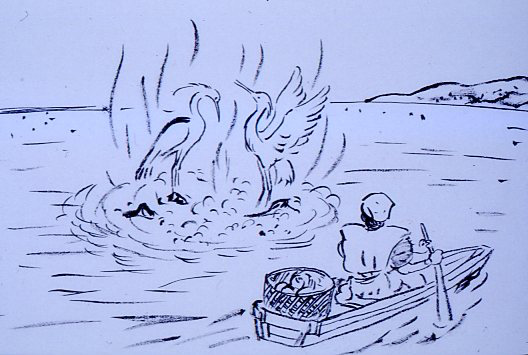
About 1200 years ago (806-810) onsens gushed out on the west side of Yakushidake (present-day Yunotani). This is the opening of Wakura Onsen.
After that, the precious Onsen was used for daily life, and it was useful as a good-cause, such as an anecdote that "fish can be caught well when you wash your body in the Valley of Yunotani and go fishing".
However, about 250 years later, during the Eiso-era (1046-1053), crustal movement occurred, and the spring mouth moved into the sea 60 meters offshore, and the Onsens in Yunotani withered.
One day, a fisherman couple living in Wakura finds a wounded egret healing in the bubbling sea. When they approached and put their hand in the sea, they found that it was an onsen. This is "Wakura", and it is said that it was the first to discover an onsen in the sea of Wakura.

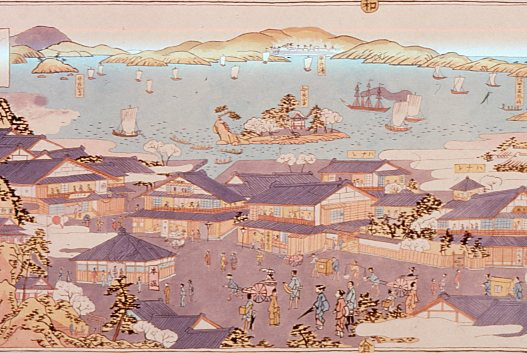
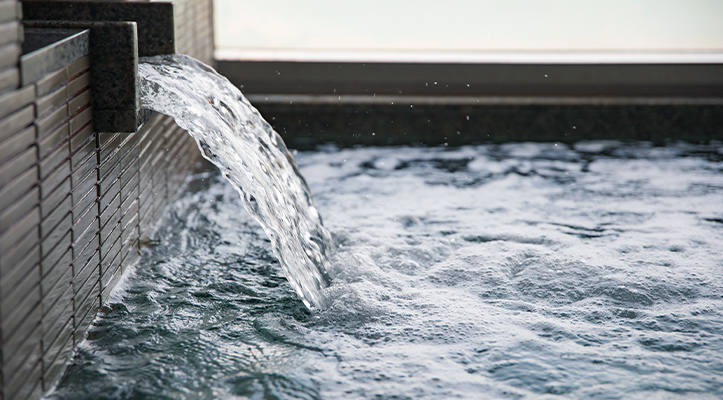

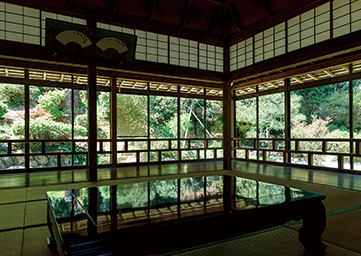
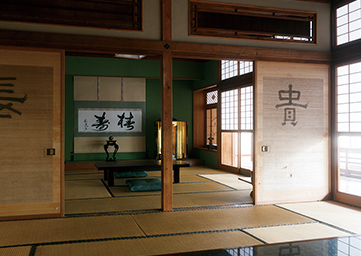

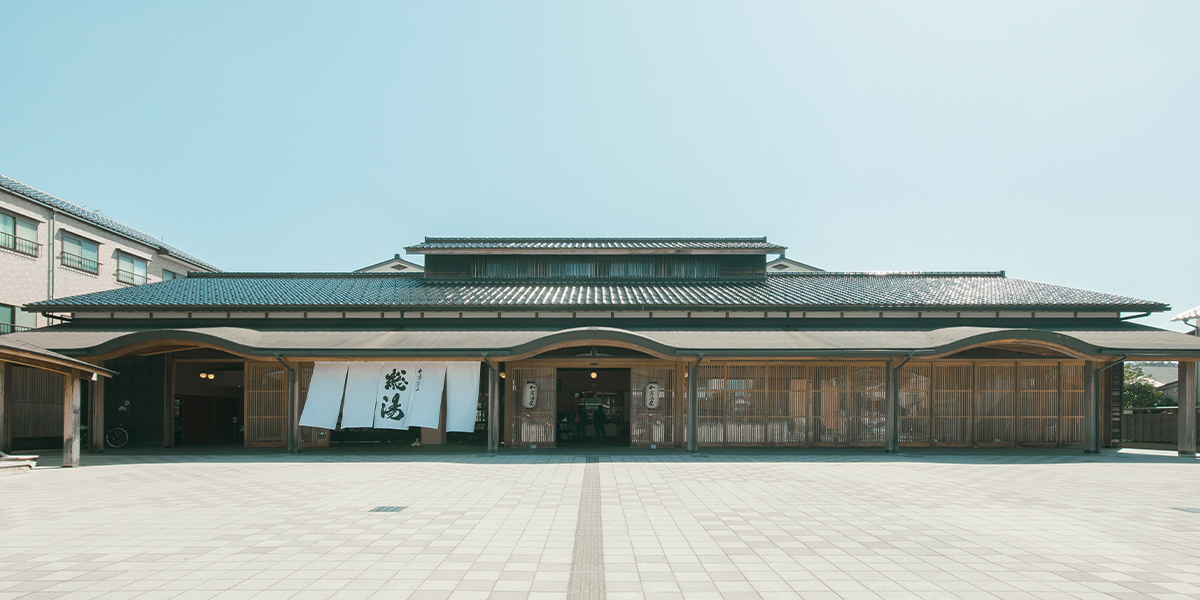
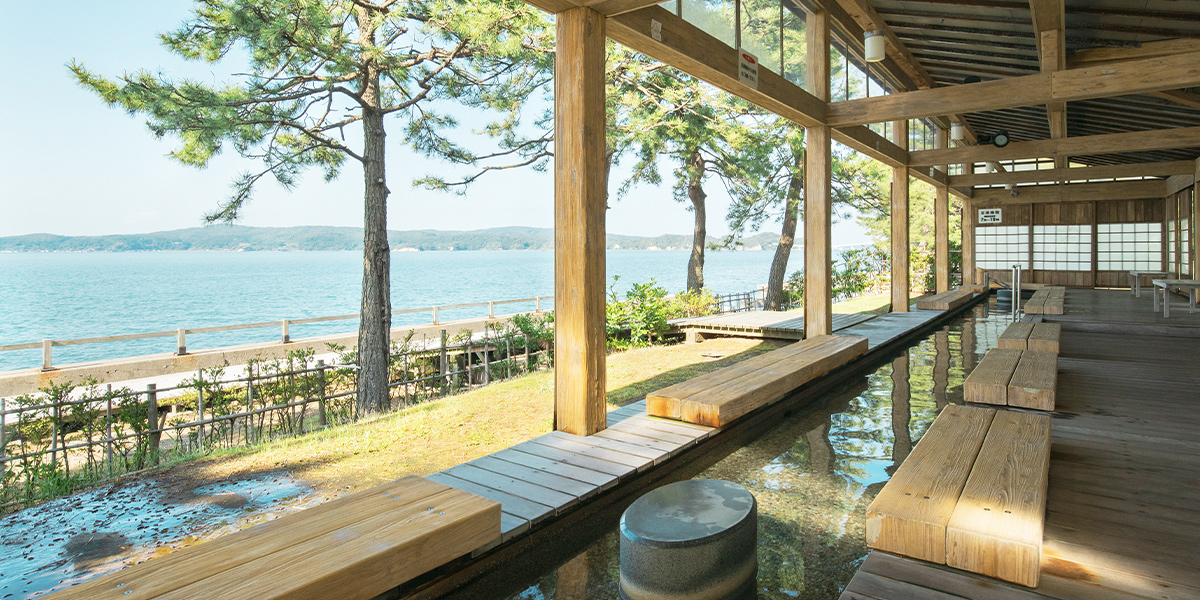
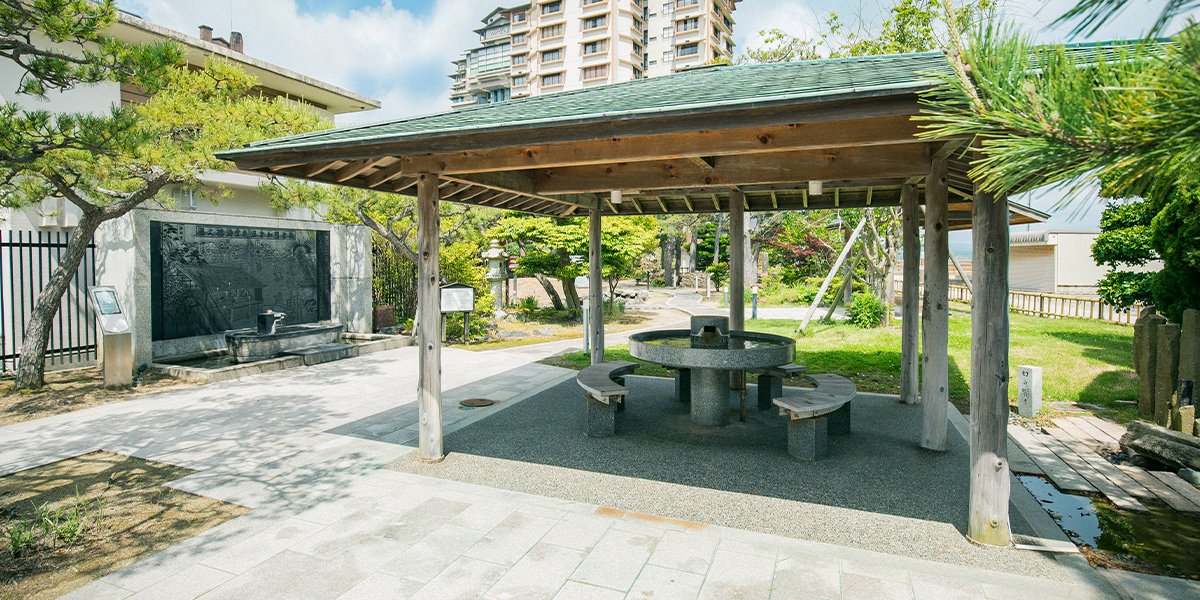
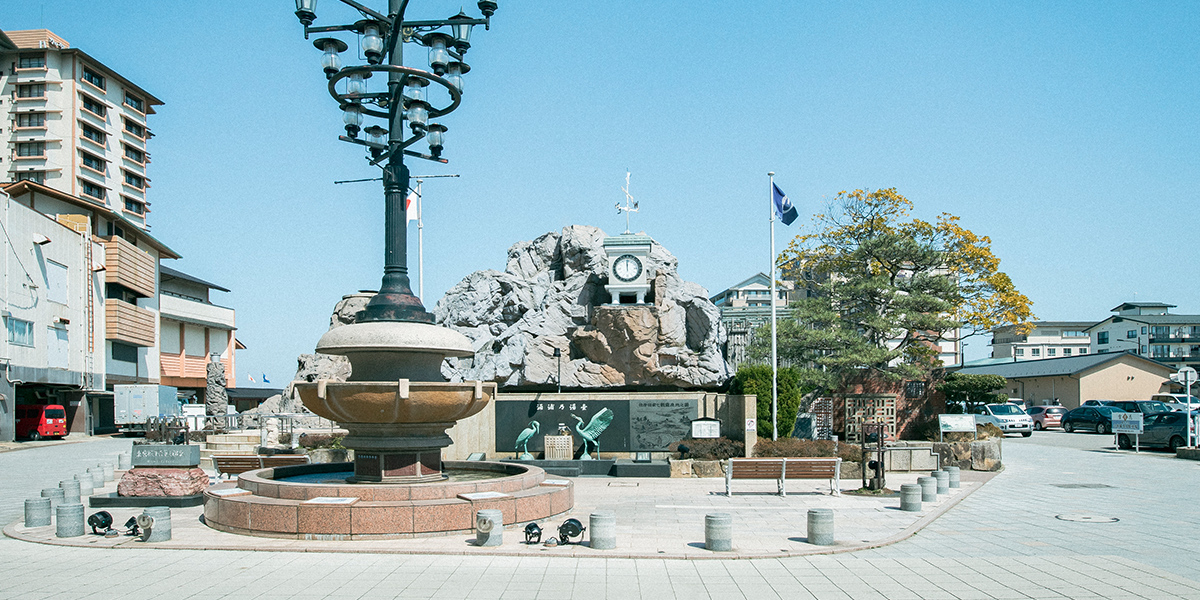
※ The main hall was moved to "Seirinji" in 1976 and the sub-hall was moved to "Shingyōji". In 2017, it was registered as a Nationally Registered Tangible Cultural Property.